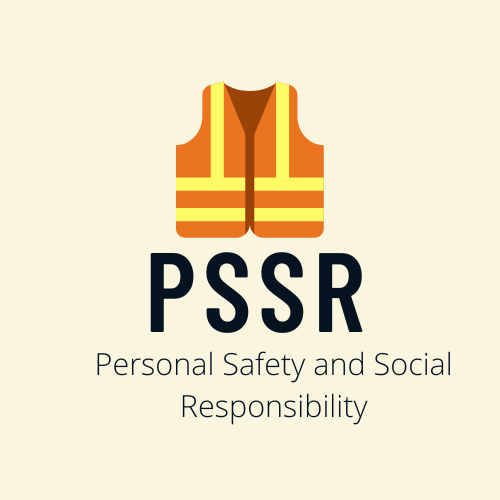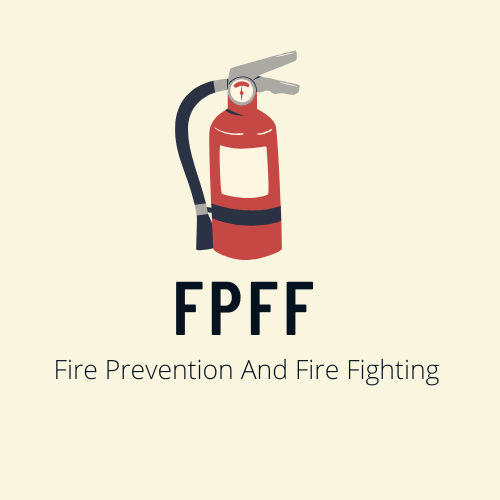This EFA exit exam questions and answer quiz
If you find any questions answer incorrect, please let us know by Clicking here
31. A casualty has been injured by crushing his hand in an item of machinery. Which of the following should never be done?
a) Give the patient a
shot of alcohol to help ease the pain.
b) Apply direct pressure to the wound.
c) Have the casualty lie down.
d) Give the patient some water provided there is no injury to the abdomen.
32. You are part of a team of two First Aiders in a resuscitation situation. What is the rhythm of resuscitation with two First Aiders?
a) 10 compressions within every 3 inflations.
b) 5 compressions
after every 1 inflation
c) 3 compressions after every 1 inflation
d) 7 inflations before every 5 compressions
33. If Mouth - to - Mouth (M-T-M) ventilation by itself is unsuccessful and the casualty's heart stops, or has stopped beating, you must perform External Chest Compression (ECC) in conjunction with M-T-M. When performing ECC, where do you place your hand on the casualty's body?
a) Place the heel of your two hands on the top of the breastbone.
b) Place the heel of your hand on the top of the heart position. Cover the hand with the heel of the other hand.
c) The correct position of your hands are of no importance.
d) Place the heel of
one hand, two finger breadths above the bottom of breastbone. Cover the hand
with the heel of the other hand.
34. What is meant by an open fracture?
a) One where an end
of one of the bones pierces the skin.
b) One where more then one bone is involved.
c) One where the bone has broken into more then one piece.
d) One that occurs at the end of a bone.
35. What is the rhythm when performing mouth-to-mouth ventilation in combination with chest compressions by one first aider only?
a) 15 compressions
followed by 2 full ventilations.
b) 10 compressions followed by 3 full ventilations.
c) 5 compressions followed by 5 full ventilations.
d) 20 compressions followed by 5 full ventilations.
36. After checked for open airway, given the first two inflations and checked the pulse to make sure that the heart is beating, what is the rate of inflations given until natural breathing is restored?
a) 12 - 16 times per
minute
b) 25 - 27 times per minute
c) 10 - 12 times per minute
37. You are part of a team of two First Aiders in a resuscitation situation. What is the rhythm of resuscitation with two First Aiders?
a) 5 compressions
after every 1 inflation
b) 7 inflations before every 5 compressions
c) 3 compressions after every 1 inflation
d) 10 compressions within every 3 inflations.
38. The acronym SAMPLE stands for signs and symptoms, allergies, medications, past history and events.
A) Location of pain.
B) Last bowel movement.
C) Last meal. (correct)
D) Latest related injury.
39. Which one of the following is not a system of the body:
A) Respiratory.
B) Musculoskeletal.
C) Endocrine.
D) Follicular. (correct)
40. Increased respiratory difficulty accompanied by a weak ineffective cough, wheezing, high-pitched crowing noises, and cyanosis are signs of:
A) Mild airway obstruction
B) C.O.P.D.
C) Severe airway obstruction. (correct)
D) Complete airway obstruction.
41. The most important step in managing shock is to:
A) Keep the patient warm.
B) Give CPR as soon as possible.
C) Give first aid for the illness soar injury. (correct)
D) Elevate the lower extremities.
42. A small percentage of casualties with chronic obstructive pulmonary disease have a hypoxic drive. These patients breathe because of a:
A) High oxygen level.
B) Low oxygen level. (correct)
C) High carbon dioxide level.
D) Low carbon dioxide level.
43. The emergency responder is one link in the chain of services known as the:
A) Emergency Patient Care (EPC) system.
B) Emergency Medical Services (EMS) system. (correct)
C) Professional Emergency Care (PEC) system.
D) Community Medical Care (CMC) system.
44. The acronym used to assist the emergency responder assessing the patient's level of responsiveness is:
A) SAMPLE.
B) EMCA.
C) OPQR.ST.
D) AVPU. (correct)
45. An industrial worker sustains a severe laceration to his forearm. Direct pressure to the wound fails to control the bleeding. The correct arterial pressure point to control the bleeding is the:
A) Carotid.
B) Radial.
C) Femoral.
D) Brachial. (correct)
46. Pressing on a fingernail-bed to observe the return of normal color is done to check for:
A) Normal blood circulation to that part. (correct)
B) The presence of fractured fingers.
C) Pain in the area.
D) A lack of oxygen in the blood.
47. Your primary survey of a casualty involved in a serious car collision shows only that he is confused. Later you find his pulse rate at 140 and weak, his skin cold and clammy and his breathing irregular and gasping. These signs, along with the mechanism of injury, indicate:
A) An oncoming faint.
B) Emotional stress.
C) Internal bleeding. (correct)
D) Onset of diabetic coma
48. For which one of the following in factious diseases is a vaccine presently available:
A) Herpes.
B) AIDS.
C) Mononucleosis.
D) Hepatitis B.(correct)
49. Based on current research, which of the following statements about the AIDS virus is correct?
A) It can be found in blood and semen. (correct)
B) It can be transmitted by sharing eating utensils.
C) It can be transmitted by shaking hands.
D) It can be found in perspiration.
50. In a hazmat situation air way management and immobilization are carried out in the:
A) Hot zone
B) Warm zone(correct)
C) Cold zone
D) Neutral zone
51. During the primary assessment of a responsive adult patient, you detect a breathing rate of 28 breaths per minute. You would categorize this as:
A) Above normal. (correct)
B) Below normal.
C) Normal.
D) Indeterminate.
52. A blood-soaked dressing on the arm indicates that bleeding has not yet been controlled. You should know:
A) Remove the dressing and check the wound.
B) Apply pressure to the femoral artery.
C) Place a clean dressing on top and apply more pressure. (correct)
D) Apply a tourniquet.
53. The type of shock that is caused by a severe infection is called:
A) Septic. (correct)
B) Psychogenic.
C) Cardiogenic.
D) Hemorrhagic.
54. Which one of the following is considered a breach of duty:
A) Failure to obtain consent. (correct)
B) Failure to wear your nametag.
C) Inappropriate use of lights and siren.
D) In subordination.
55. Immediately before a seizure, the patient experiences an unpleasant ode hour. This phase is referred to as:
A) Clinic.
B) Aura. (correct)
C) Tonic.
D) Postictal.
56. The emergency responder should assume a head/spinal injury in any Un witnessed situation where the patient is:
A) Alert.
B) Responsive to pain.
C) Not breathing.
D) Unresponsive. (correct)
57. The secondary assessment of the patient consists of a head to toe examination and a check of
A) Pressure points.
B) Procedures for administering CPR.
C) Manual stabilization of the head.
D) Vital signs. (correct)
58. You are taking blood pressure by palpation. A radial pulse indicates a blood pressure of at least:
A) 11OmmHg
B) 100mmHg
C) 90mmHg
D) 80mmHg(correct)
59. You are called for an asthma attack; treatments may include all except:
A) Metered dose inhaler
B) Bronchodilators
C) Nitroglycerin(correct)
D) In haled steroids
60. Into graphic anatomy, the term "lateral" means:
A) Nearer the midline of the body.
B) Away from the midline of the body. (correct)
C) Nearer the head.
D) Away from the head.





